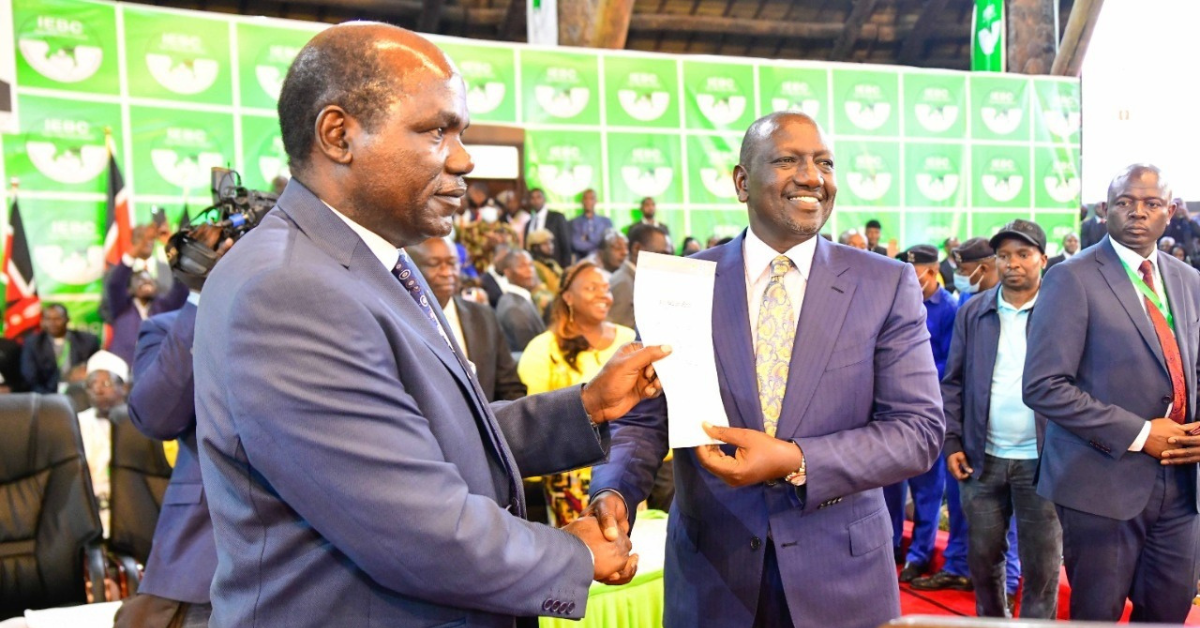The headlines have been relentless.
KQ lays off 600 employees. KQ management grilled by parliamentary committee. KQ posts shocking Kshs 4.8 billion half-year loss. KQ passenger numbers remain flat. KQ buys planes from notorious tax haven.
A newspaper columnist – a former Trade Minister – even offered ‘friendly advice’ to KQ’s CEO to leave before things get worse.
The picture being painted is of an airline in deep trouble.
But wait a second, is this fair?
I knew we had gone from rational performance assessment territory into comedy when, recently on a KQ flight, I overheard two passengers talking:
“I bet you don’t know what KQ really means; it means Keep Queuing”, one of them said.
“No wonder. What about Precision Air, KQ’s subsidiary, what does PW stands for?”
“Please Wait.” his colleague answered readily, and they burst out laughing. Ouch!
In behavioural science, it is called the bandwagon effect – a phenomenon in which people do something because other people are doing it. In typical mob psychology, human beings love to pile on once the first stone has been cast.
It is this irrationality that has prompted me to update an old article I wrote about KQ immediately after the unfortunate crash of flight 507 in Douala in 2007.
Yes, it is fair to criticise poor performance and ask tough questions. For instance, we know that KQ management has embarked on a bold expansion strategy. And we know that they can only finance this expansion with debt, equity or profits, or a combination of these. In this respect, a closely watched metric is the debt to equity ratio. It is therefore fair to ask: what is KQ’s debt to equity ratio compared to the industry average? Is the balance sheet strong enough, and the strategy sufficiently robust, to underwrite the ambitious expansion? Save for the usual caveats, my analysis says yes.
But beyond a critical analysis of key performance ratios, a broader understanding of industry dynamics is required before judgment is rendered.
The airline industry is notorious for its cyclicality. There are four distinct phases. The expansion phase is driven by GDP growth and is characterized by increased passenger demand, higher revenues, and a rush by airlines to cash in with increased seat capacity. This often translates into more frequencies or new aircraft orders or leases. Since profit attracts competition, this phase is also characterised by new market entrants. As supply outstrips demand, growth can only occur if the economy expands. Any slow-down in GDP growth will trigger a downturn phase characterised by weak passenger demand, and lower yields. Airlines will begin to consider capacity reductions, especially if weak market demand is compounded by higher operating costs – with higher fuel prices usually a key cost driver.
In the third or stabilisation phase, when the slowdown in GDP growth settles, airlines typically institute cost cutting measures (including staff layoffs) and reduce yields in order to fuel passenger demand. They also shift capacity to growth markets as they exit non-performing ones.
The final or recovery phase is often triggered by an upturn in the economy. As GDP growth picks up, passenger demand surges, revenues rise and yields increase as airlines reap the results of previous cost-cutting measures. The net result is another phase of expansion, more capacity…and the cycle begins again.
In the sixty years since international air travel came into its own, this has been the typical cycle, only temporarily interrupted by shocks such as terrorist attacks, outbreaks of pandemics or large-scale military conflicts.
Is Kenya Airways immune from this cycle? Of course not, but for 15 years since privatisation, it has generally defied cyclicality. There are many reasons, the main one being the head-start effect. The fact that it was the first airline in Africa to be successfully privatised meant management was relatively free to make business decisions without state interference.
A continuous focus on cost-efficient delivery of service and safety, and agility in expanding or generating revenues in new or existing markets should ensure consistent profitability.
And talking of new markets, besides Africa, long term growth will come principally from China and India. Whilst today every US citizen makes on average 2.2 air trips per year, Indians and Chinese only make 0.02 and 0.06 air trips respectively – according to Gallup. This gives you a sense of the potential demand for air travel in these markets especially if you consider that every year China adds 22 million middle class consumers into its population. India adds about 10 million. The key economic drivers of air travel traffic growth are discretionary income and export trade. With trade between these countries and Kenya growing, KQ is well positioned to deliver better performance and live up to its slogan – The Pride of Africa.

